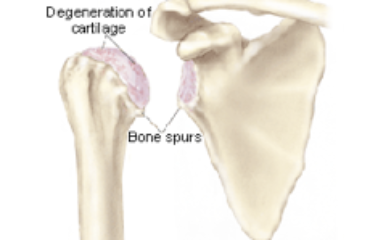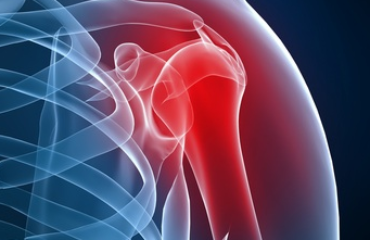Is your shoulder hurting and have you observed a deformity in your shoulder? If you’ve recently suffered a shoulder injury, you may be suffering from a separated or dislocated shoulder. Often mistaken for the same thing, a shoulder separation and a shoulder dislocation different conditions, caused by different injuries and requiring a different course of treatment.
Separated or Dislocated?
If the upper arm bone (the ball of the shoulder joint) pops out of the shoulder socket in an injury, it is referred to as a dislocated shoulder. On the other hand, when the ligaments that connect the collarbone to the shoulder blade are stretched or torn, it is called a separated shoulder. It doesn’t affect the ball and socket of the shoulder joint.
Causes and Symptoms
Dislocated shoulders and separated shoulders can be caused by similar injuries. Both are a result of a direct blow to the shoulder or falling. It may occur in sports, such as downhill skiing, gymnastics, and rock climbing.
Symptoms for the two conditions may also be common. Common symptoms of a dislocated shoulder include –
- moderate to severe pain
- swelling
- bruising
- visible deformity in shoulder
- inability to move the joint
Common symptoms of a separated shoulder include
- moderate to severe pain
- swelling
- bruising
- a noticeable bump on the top of the shoulder
- limited motion
- weakness in the arm or shoulder
Treatment
Treatment for a dislocated shoulder may include a procedure during which the doctor will gently maneuver the bones back into position, also known as closed reduction. If the dislocation results in tearing the surrounding cartilage and ligaments or if there are recurrent dislocations, surgery may be recommended.
In case of a separated shoulder, rest, icing and physical therapy should be able to help the shoulder heal. If the separation is severe, surgery may be performed to reconnect the torn ligaments.



